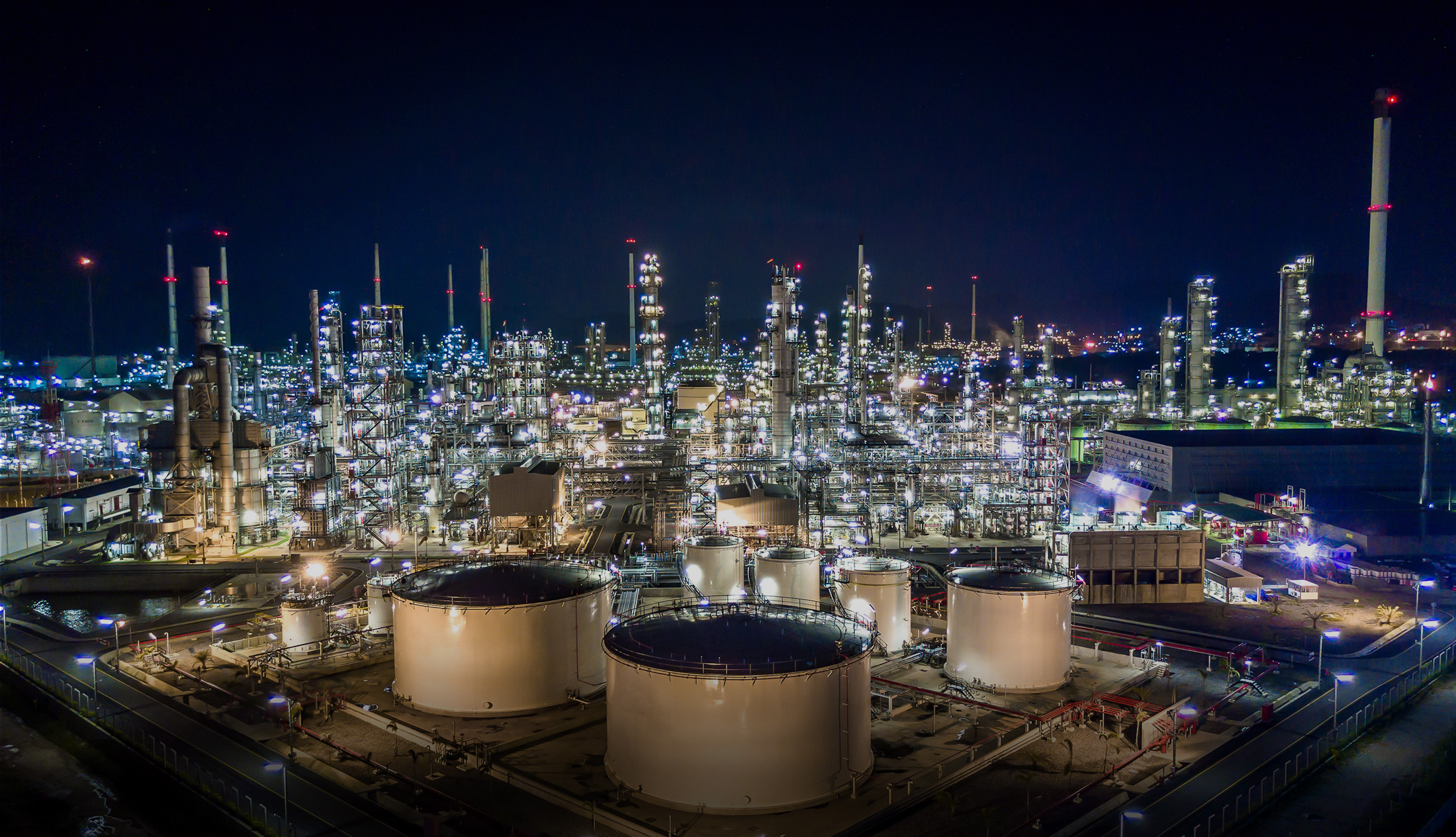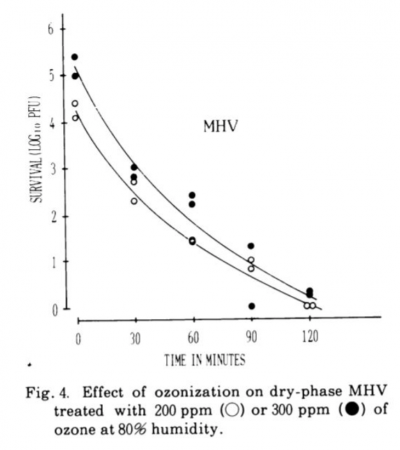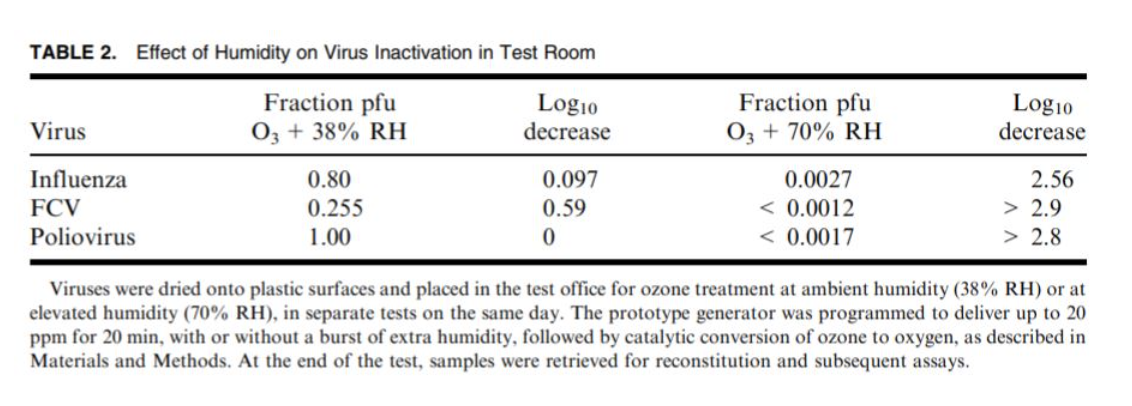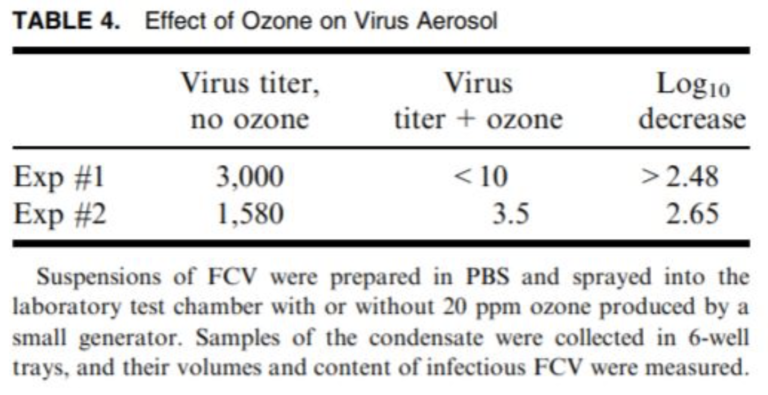
Dylan Rebel System Area Coronavirus Disinfection
Tyler Harrison, CEO
The Pandemic: COVID-19
- COVID-19, the disease caused by the SARS-CoV-2 virus, has been declared a pandemic by the World Health Organization
- It has halted or slowed economic activity around the world
- Research evidence shows that coronaviruses can persist on surfaces for up to 9 days (Kampf 2020)
- SARS-CoV-2 can remain viable (van Doremaien 2020)
- In aerosols for > 3 hours
- On plastic, stainless steel, copper and cardboard for up to 72 hours
- Transmission is person to person and from touching surfaces with virus particles
The Challenge to the Workplace
- Essential workplaces like fuel refineries, power plants, pharmaceutical plants and emergency services must keep operating
- Staff keep coming to work, as they must
- Common areas and workplaces can become contaminated by asymptomatic, presymptomatic or mildly ill workers
- Virus particles can persist for days on surfaces and in the air
- Healthy individuals can become infected through contact with these surfaces
- How can we protect the workplace?
Ozone Gas Deactivates Coronavirus and Other Enveloped Viruses


- Multiple research studies show that ozone gas can destroy coronavirus particles on surfaces (Sato 1990; Hudson 2009)
- Ozone gas can destroy enveloped viruses (including coronaviruses), non-enveloped viruses, bacteria and fungi.
Ozone Gas Can Also Deactivate Coronavirus in Aerosol

Ozone Gas for Control of Coronavirus
- Ozone gas can permeate every space in a room
- Research has achieved 2-3 log10 decreases with 20ppm O3 or more and 120 minutes of treatment
- Time under treatment is more important than O3 concentration
- Results in deactivation of virus on surfaces, droplets and aerosol
- Effectiveness is dramatically elevated by humidity
- However, O3 is harmful to human health and regulated
- OSHA and NIOSH standard (no more than 0.10 ppm ave. over 8 hrs) and CARB (no more than 0.070 ave. over 8 hours) safe levels
Dylan Rebel: Specifications
- High capacity ozone generator
- ATi F-12 ozone gas detecting system with audible and visible alarm system
- Yokogawa digital recorder
- Automatic temperature/humidity controller
- Charcoal/maganese dioxide scrubber system
- Fully automated
Rebel: Part of an Integrated Infection Control Strategy
- Minimize risk after identification of a symptomatic employee
- Treat all areas where they spent time
- Get a fresh start for the facility
- Deploy between shifts to minimize infection between groups
- Asymptomatic carriers could infect people between shifts
- Treat vehicles between crews
- General abatement: regularly treat high-traffic areas
- Emergency services
- Treat police cars and ambulances between runs
- Should be used as part of a comprehensive strategy with surface cleaning of high touch areas
The Team
- Tyler Harrison, CEO
- Justin Williams, Operations Manager
References
- Kampf G, Todt D, Pfaender S, Steinmann E. Persistence of coronaviruses on inanimate surfaces and their inactivation with biocidal agents. J. Hosp. Infect. 104(3);246-251; 2020.
- Van Doremaien N et al. Aerosol and surface stability of SARS-CoV-2 as Compared with SARS-CoV-1. New England Journal of Medicine. 2020.
- Sato H, Wananabe Y, Miyata H. Virucidal effect of ozone treatment of laboratory animal viruses. Jikken dobutsu. 39(2); 223-229; 1990.
- Hudson J, Sharma M, Vimalanathan S. Development of a practical method for using ozone gas as a virus decontaminating agent. Ozone: Science and Engineering. 31(3); 216-223. 2009.
